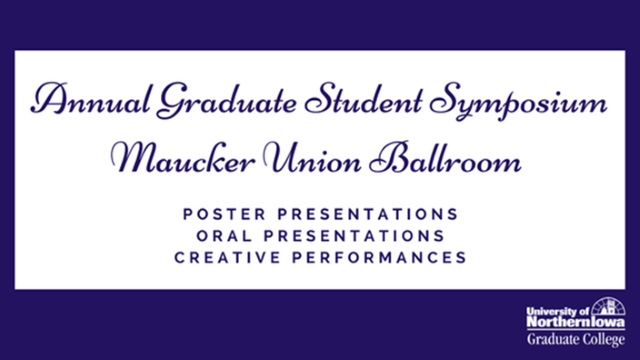
Complete Schedule
Presentation Type
Open Access Oral Presentation
Keywords
Solution (Chemistry)--Study and teaching (Secondary); Solution (Chemistry)--Study and teaching (Higher);
Abstract
There has been much research on student misconceptions regarding the particulate nature of matter and its relation to solution chemistry (e.g. Adadan & Savasci, 2012; Calik & Ayas, 2005; Calik, Ayas, & Coll, 2009; Pinarbasi & Canpolat, 2003; K. J. Smith & Metz, 1996). However, there is a lack of information regarding student misconceptions in areas of solution chemistry such as factors affecting solubility, polarity & molecular interactions and colligative properties. This research compared the misconceptions in solution chemistry held by students who are approaching the end of an Advanced Placement (AP) chemistry course in the high school setting with students enrolled in a general chemistry course at the collegiate level. This is significant as the College Board, assumes students in the AP chemistry course have been exposed to same chemistry content as students in a first-year, collegiate, general chemistry course.
A qualitative approach was used to allow students to express their personal understanding. In line with the constructivist framework, each student has their own experience and interpretation of the scientific concepts introduced within a unit. In order to capture each student’s unique perspective, open-ended questionnaires and interviews were the main sources of evaluative data. The study included three distinct phases – pre-assessment, post-assessment, and semi-structured interviews. Preliminary results of this study will be discussed, specifically regarding high school student participants.
Start Date
4-4-2017 1:00 PM
End Date
4-4-2017 4:30 PM
Faculty Advisor
Dawn Del Carlo
Department
Department of Chemistry and Biochemistry
Copyright
©2017 Megan Vandersee
File Format
application/pdf
Embargo Date
4-4-2017
A Qualitative Comparison of General Chemistry and Advanced Placement Chemistry Students’ Misconceptions Regarding Solution Chemistry
There has been much research on student misconceptions regarding the particulate nature of matter and its relation to solution chemistry (e.g. Adadan & Savasci, 2012; Calik & Ayas, 2005; Calik, Ayas, & Coll, 2009; Pinarbasi & Canpolat, 2003; K. J. Smith & Metz, 1996). However, there is a lack of information regarding student misconceptions in areas of solution chemistry such as factors affecting solubility, polarity & molecular interactions and colligative properties. This research compared the misconceptions in solution chemistry held by students who are approaching the end of an Advanced Placement (AP) chemistry course in the high school setting with students enrolled in a general chemistry course at the collegiate level. This is significant as the College Board, assumes students in the AP chemistry course have been exposed to same chemistry content as students in a first-year, collegiate, general chemistry course.
A qualitative approach was used to allow students to express their personal understanding. In line with the constructivist framework, each student has their own experience and interpretation of the scientific concepts introduced within a unit. In order to capture each student’s unique perspective, open-ended questionnaires and interviews were the main sources of evaluative data. The study included three distinct phases – pre-assessment, post-assessment, and semi-structured interviews. Preliminary results of this study will be discussed, specifically regarding high school student participants.



Comments
Location: Maucker Union Oak Room